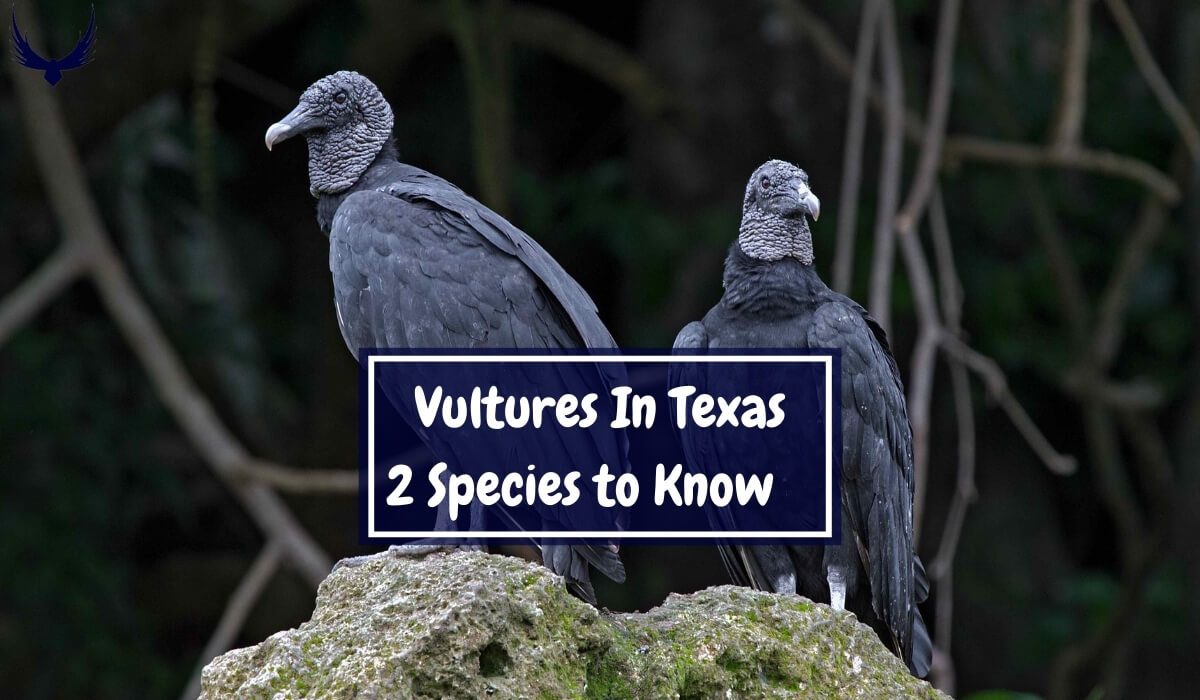Vultures are interesting birds that people often misunderstand. These important birds keep nature clean by eating dead animals. This stops diseases from spreading. Few vulture species are found in United States and most people ask a question, Are there vultures in Texas?
In Texas, these birds face problems like losing their homes and being harmed by people.
In this article, we will discuss about types of Vultures in Texas – how they live, where they live, and why we need to protect them. By learning about vultures, we can help make Texas’s environment better for everyone.
Types of Vultures in Texas
These are the two types of vultures in Texas:
- Turkey Vulture (Cathartes aura)
- Black Vulture (Coragyps atratus)
Here is the detail of Vultures in Texas:
Black Vulture (Coragyps atratus)
- Life span: 10 to 20 years
- Size
- Length: 23 to 29 inches
- Height: 24 to 27 inches when standing
- Weight: 3.5 to 5 lbs
- Wingspan: 55 to 62 inches
Identification
Black Vultures are large, dark birds with a featherless black head and a short, hooked beak. They have broad wings. In flight, they show white patches near their wingtips. Their tails are short and square. Unlike Turkey Vultures, Black Vultures have darker gray legs and feet.
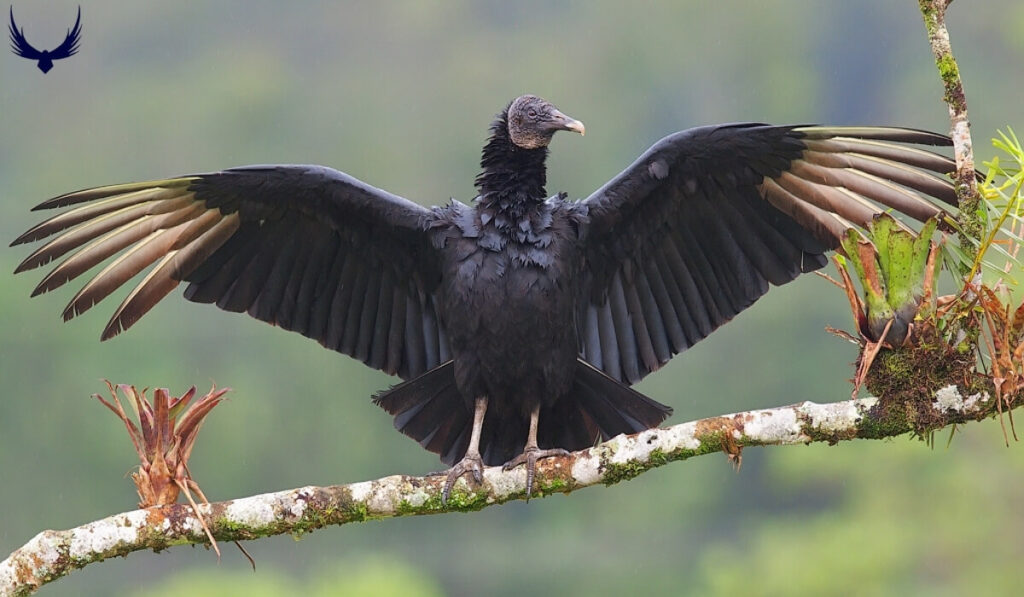
Black Vultures are slightly smaller than Turkey Vultures and bigger than other birds of prey like Hawks.
Diet and Foraging Behavior
Black Vultures are scavengers, feeding on carrion (dead animals). They have a keen sense of sight but a poor sense of smell following Turkey Vultures to find food. In Texas, they eat roadkill, dead livestock, and fish.
Black Vultures of Texas are also known to prey on small live animals and newborn calves. Black Vultures forage in groups and are more aggressive at carcasses than Turkey Vultures.
Habitat
Black Vultures in Texas are found throughout the state except in the westernmost areas. They prefer open to semi-open areas near woodlands including farmland, pastures, and suburban areas.
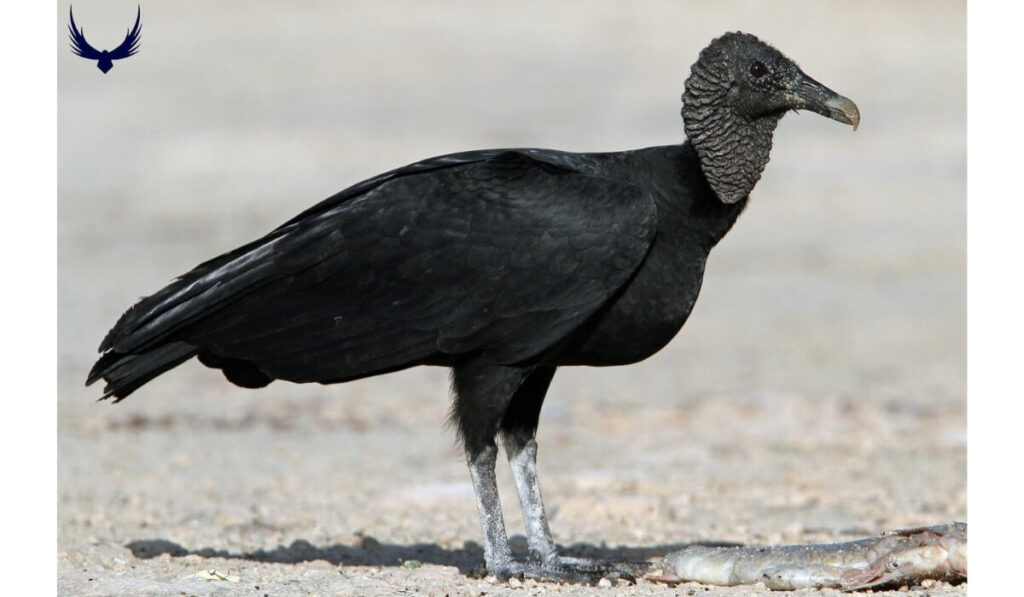
These Vultures in Texas are seen near water sources and are comfortable in human-altered landscapes. Black Vultures roost in large groups in trees, on communication towers, or on other tall structures.
Breeding Pattern
Black Vultures in Texas breed once a year. They form monogamous pairs and often return to the same nesting site year after year. The breeding season starts in late winter or early spring.
Black Vulture in Texas don’t build nests but lay their eggs directly on the ground, often in caves, hollow logs, or abandoned buildings. They usually lay two eggs which both parents incubate for about 38 to 45 days.
Abundance
Black Vultures are common and widespread in Texas. Their population has been increasing in recent decades, partly due to their adaptability to human-altered environments. They’re present year-round in the state, with some seasonal movements but no true migration.
Where to Find this Bird
Bird watchers can spot Black Vultures in Texas in both rural and urban areas. They are soaring in the sky in groups during midday when thermals are strongest.
Vultures of Texas are frequently seen along highways, near landfills, and in agricultural areas. Good places to find them include the Edwards Plateau, the Coastal Plains, and urban areas like Houston and Dallas.
State parks and wildlife refuges throughout central and eastern Texas are also excellent locations for Black Vulture sightings.
Turkey Vulture (Cathartes aura)
- Life span: 16 to 20 years
- Size
- Length: 25 to 32 inches
- Height: About 26 to 28 inches when standing
- Weight: 2 to 5 lbs.
- Wingspan: 64 to 70 inches
Identification
Turkey Vultures are big ugly birds with dark brown-black plumage and a featherless red head in adults. The undersides of wings are two-toned with darker leading edges.
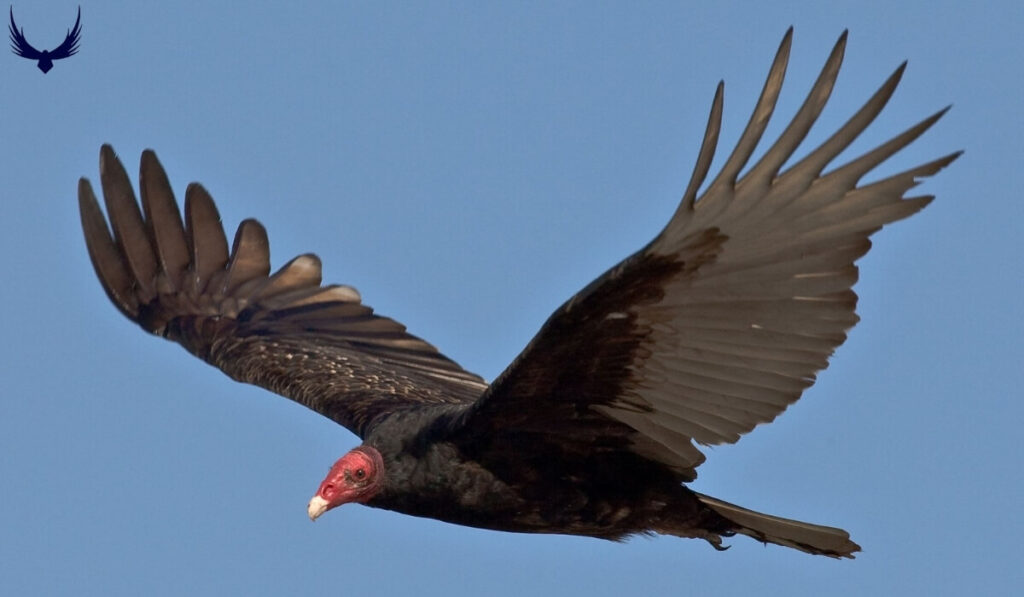
In flight, Turkey Vultures hold their wings in a V-shape and often appear to wobble or tilt from side to side. Juveniles have dark heads. These birds are easily distinguished by their distinctive rocking flight pattern and their habit of soaring with wings held slightly above horizontal.
Diet and Foraging Behavior
Turkey Vultures are also scavengers. They feed on carrion (dead animals). They have an excellent sense of smell which they use to locate carcasses even in dense vegetation.
They prefer fresher carcasses and are often the first vultures to arrive at a food source. Their diet includes a wide variety of dead animals from small rodents to large mammals. Turkey Vultures also eat insects and other invertebrates.
Habitat
Turkey Vultures in Texas can be found in a variety of habitats including open and semi-open areas, woodlands, suburban areas, and farmlands. They are adaptable and can thrive in both rural and urban environments.
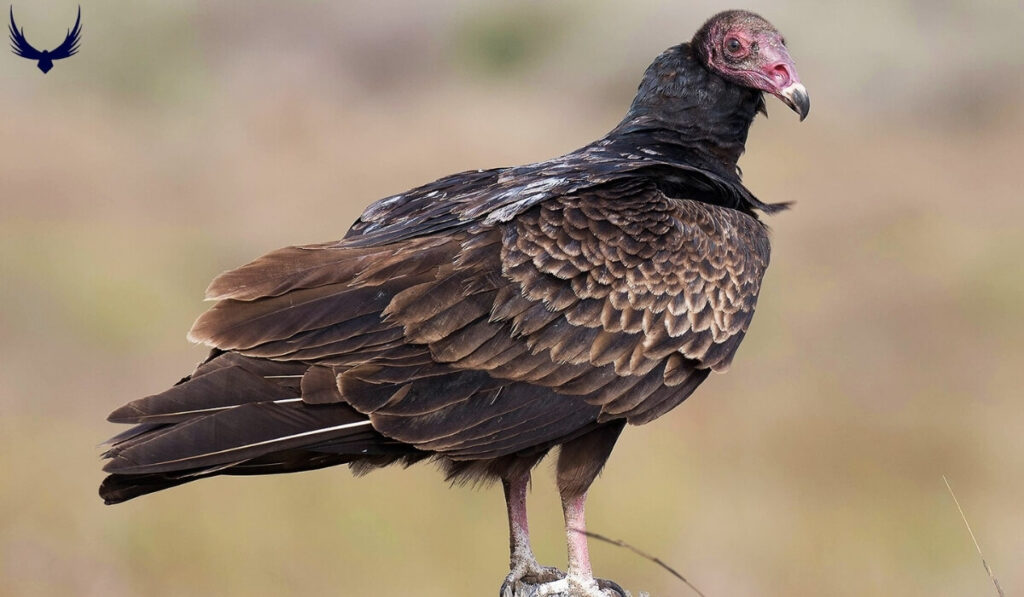
Turkey Texas Vultures are found throughout the state all year with some North Texas vultures population migrating south for the winter. They roost in large groups often in tall trees, on cliffs, or on man-made structures like water towers or abandoned buildings.
Breeding Pattern
Turkey Vultures in Texas breed from March to June. They don’t build nests, instead laying their eggs directly on the ground in secluded areas like caves, hollow logs, or dense thickets.
The female lays two eggs, which both parents incubate for about 38 to 41 days.
Abundance
Turkey Vultures are common and widespread in Texas. Their population has been stable or increasing in recent decades. They are more abundant in areas with a good supply of carrion and suitable roosting sites.
Where to Find this Bird
Turkey Vultures can be seen throughout Texas, soaring in groups high in the sky during mid-day. Good places to spot them include:
- Open countryside and farmlands
- Along highways, where roadkill is common
- Near landfills or dumps
- In and around wooded areas, particularly near the edges
- State and national parks, especially those with varied terrain
- Urban and suburban areas, often perched on tall structures or trees
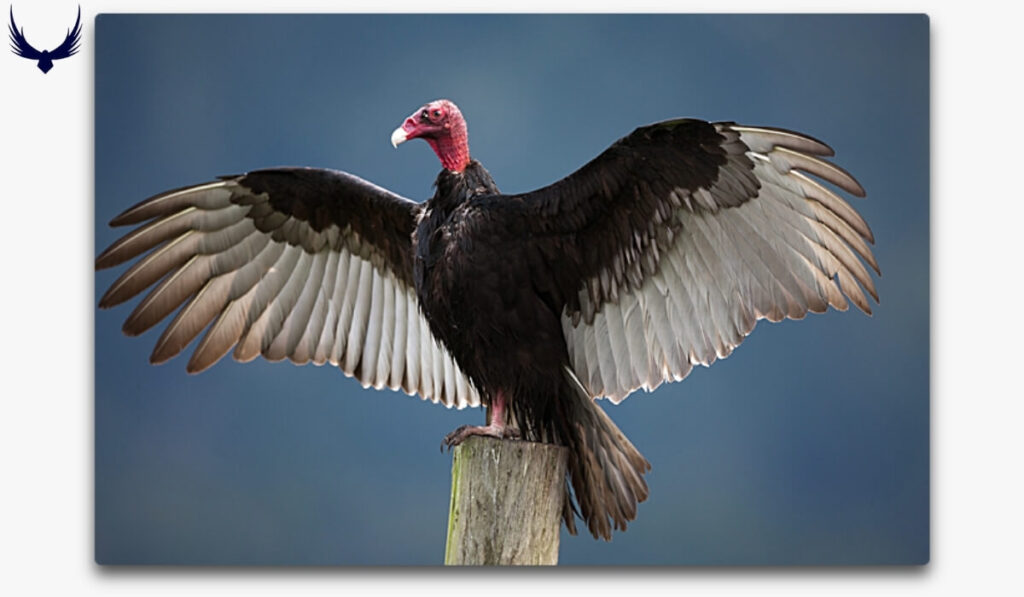
Turkey Vultures are less common in densely forested areas or in very arid regions of western Texas.
Conclusion
Texas is home to Black Vultures and Turkey Vultures, which are amazing birds with special abilities that help them survive. In the past, people used to harm these birds, but now they are protected by law and their numbers have grown.
Vultures are important for keeping the environment clean and healthy. By protecting these birds, we’re not only saving an interesting part of nature but also helping to keep our ecosystem balanced for the future.
FAQs – Types of Vultures in Texas
What Kind of Vultures are in Texas?
Texas is home to two species of vultures: the Turkey Vulture and the Black Vulture. These large scavenging birds are commonly seen throughout the state, playing a crucial role in the ecosystem by cleaning up carrion.
Can You Shoot Vultures in Texas?
In Texas, it is illegal to shoot vultures. These birds are protected under federal law by the Migratory Bird Treaty Act. Harming or killing vultures can result in fines. In rare cases, permits may be issued for specific situations if vultures are causing significant problems.
Is it Illegal to Kill Vultures in Texas?
In Texas, it is illegal to kill vultures without a special permit. Vultures are protected by federal law and harming them can lead to fines or other penalties.

